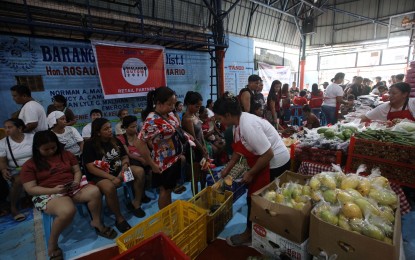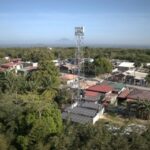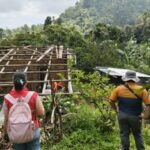MANILA – The country’s poverty rate decreased to 15.3 percent in 2023 from 18.1 percent in 2021 as government measures helped reduce the number of impoverished Filipinos.
The 2023 poverty incidence also surpassed the government’s target of 16 to 16.4 percent set in the Philippine Development Plan 2023-2028.
Latest data from the Philippine Statistics Authority showed that the number of Filipinos with insufficient income to meet basic food and non-food needs dropped to 17.54 million in 2023 from 19.99 million in 2021.
Poverty incidence among families also declined to 10.9 percent, equivalent to 3 million poor families, down from 3.5 million families at the end of 2021.
Poverty rates across 10 basic sectors also improved in 2023 compared to 2021.
Ten of the 14 basic sectors identified in Republic Act 8425, or the Social Reform and Poverty Alleviation Act, recorded reduced poverty incidence that year.
The PSA reported that senior citizens, formal labor and migrant workers, and urban residents had the lowest poverty rates among basic sectors in 2023 at 7.8 percent, 8.3 percent, and 10.3 percent, respectively.
In 2021, poverty incidence among senior citizens and formal labor and migrant workers was higher at 10.2 percent, while urban residents had a rate of 11.6 percent.
Other sectors with declining poverty rates include youth (14.1 percent from 16.5 percent), persons aged 15 and above with disabilities (14.1 percent from 17.2 percent), women (15.6 percent from 18.3 percent), and self-employed and unpaid family workers (16.1 percent from 18.5 percent).
Additional sectors showing improvement include children (23.4 percent from 26.3 percent), farmers (27 percent from 29.9 percent), and fisherfolk (27.4 percent from 30.2 percent).
The PSA noted that indigenous peoples were newly included in the 2023 list of basic sectors with poverty estimates, recording a rate of 32.4 percent.
The Department of Economy, Planning, and Development (DEPDev), formerly the National Economic and Development Authority, stated that the 2023 decline marked significant progress toward the administration’s goal of single-digit poverty by 2028.
Despite this progress, DEPDev assured continued commitment to policies and initiatives improving Filipino livelihoods.
“As we welcome this progress, we remain steadfast in ensuring economic gains benefit all Filipinos, rich and poor alike,” a DEPDev official stated.
Key strategies include boosting agricultural productivity, infrastructure investment, food price management, and targeted health interventions.
Single-Digit Poverty Goal
To further reduce poverty, economists emphasize economic growth and education investment.
“As one of the fastest-growing economies, inclusive growth is crucial to lifting more people from poverty,” an economist noted.
“Education remains a powerful equalizer, particularly STEM fields, to enhance global competitiveness.”
Adopting advanced technologies could also boost productivity, especially in agriculture, which employs 20 percent of workers but contributes under 8 percent to GDP.
“Improving agricultural output through technology can raise farmer incomes and reduce poverty,” the economist added.
The Department of Finance expressed confidence in achieving single-digit poverty before 2028 through economic growth, job creation, and investments in infrastructure, education, and healthcare.






